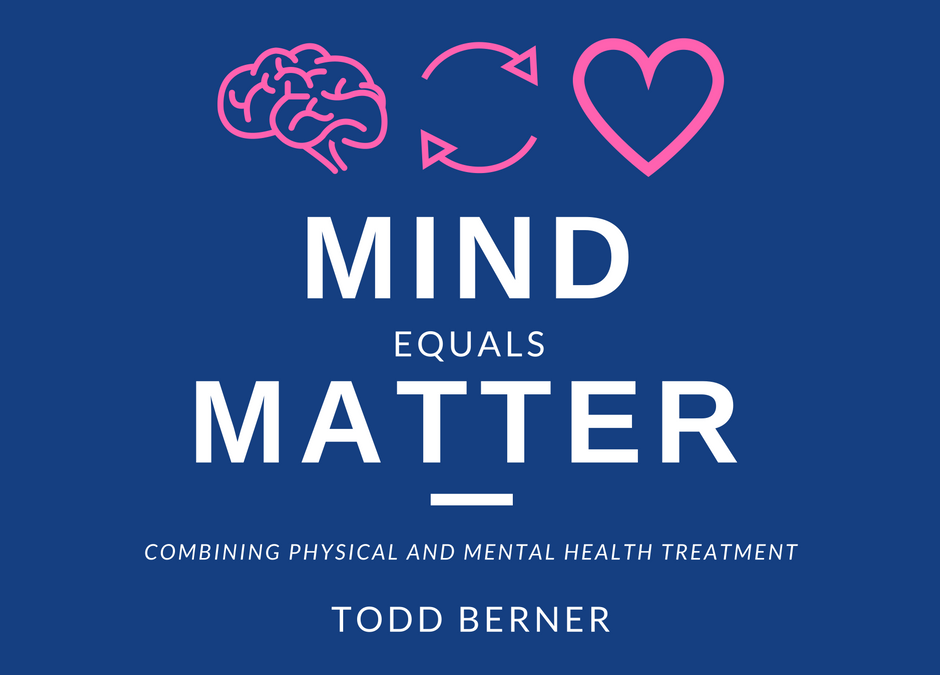As a medical practitioner generally focused on physical rather than mental health, I’ve nevertheless been a big proponent of behavior therapy and addressing mental maladies as seriously as their counterparts on the other end of the spectrum.
That said, mental health is still very much stigmatized in the United States, something that discourages many from seeking treatment. However, this is certainly an issue that stands to change, particularly with alterations in how medical professionals tend to patients with mental and behavioral health needs.
Like other problems in medicine, this one can be solved by, you guessed it, better patient engagement practices. An alarmingly large percentage of primary care visits do not include a discussion on mental health—a third, if you’re curious—and still more fail to adequately tackle any problems the patient may be having.
This is often due to poor communication on part of the practitioner. Many, due to their busy schedules, will talk quickly and prolifically, dominating discussion and giving the patient less of a chance to frankly discuss anything that’s on their mind. Lack of communication is problematic not only for the purposes of treating mental health issues, but because physical treatments may also need to be coordinated with mental treatments, particularly for patients such as substance abusers.
The good news is that health coordination continues to get easier. mHealth apps can make it easier for doctors and patients to prescribe and monitor medicine, and TeleHealth services gives patients a lifeline to a therapist that can be accessed at any time. I’ve already expressed my love of the functionality that mHealth apps bring to the table, and we can add healthcare provider coordination to that ever growing list of provided services.
And, in an often fragmented healthcare industry, this can mean the world to patients who are hard pressed to track all of the practitioners that they might be seeing. Between a primary care physician, and a specialist for any further needs, developing a coordination infrastructure is invaluable to ensure proper treatment.
The point here is that mental treatment is no longer as separate from physical treatment as it traditionally has been, and that is absolutely a good thing. A study published in the American Journal of Managed Care discusses possible ideas to improve the doctor-patient experience in regards to discussing mental health. As previously stated, the patient’s inequal role in the conversation may very well be the key to fixing this problem.
Mental health is a difficult topic for many patients to broach, so a gentler approach is necessary. Physicians should investigate motivations for visits, asking questions meant to directly or indirectly reveal the patient’s status. They may not be versed on the subject, but a better understanding of treatment methods and counseling could help them provide preliminary support to better direct the individuals in their care.
The researchers also expressed a desire to provide patients with outlets to contact their care providers beyond office visits, allowing them to continue dialogues that may be beneficial and create a more congenial relationship. This may raise some costs for healthcare providers given the additional resources required to sustain longer, more robust visits, but perhaps this is trivial in the face of the money and frustration that can be saved with better healthcare coordination.
The gap between physical and mental health has also recently been addressed by legislature in the form of the 21st Century Cures Act, which is slated to be voted on before the end of the year. Primarily focused on funding further medical research, the bill also addresses mental health parity laws that deal with the issue of insurance covering psychiatric care. Though it will not fix communication problems between patients and physicians, it represents a step forward in how we as a country view mental health care.
One thing is for sure: we can no longer afford to ignore how intertwined the fields of mental and physical treatment are. Sure, this has been apparent for a long time not, but now, we have the technology and capability to better make sense of a convoluted healthcare system. It’s the sort of change that requires commitment from professionals in the field, but for any firm that cares about patient engagement, this is a necessary and savvy way to foster relationships and ease the ever-present bureaucracy.
